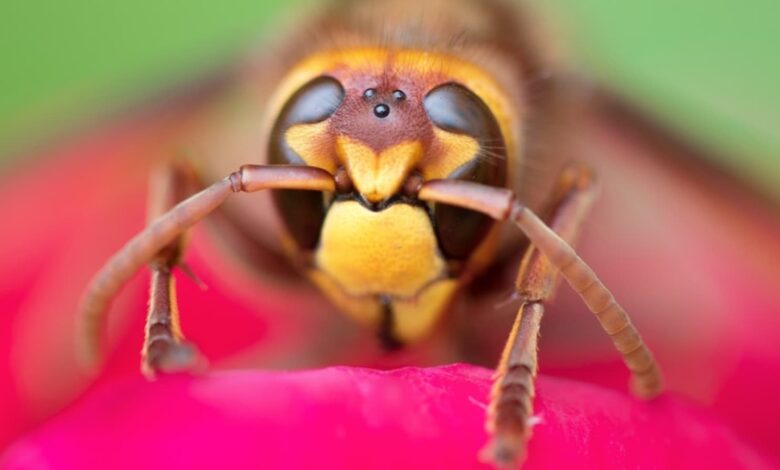Parasitic ‘horror wasp’ that grows inside living flies discovered in US | Trending

Scients in Mississippi have discovered a new species of parasitoid wasp that matures inside living adult fruit flies before bursting out, much like a scene from the Alien films. This newly found wasp, named Syntretus perlmani, is the first known to infect adult fruit flies, a stark contrast to related wasp species that usually target the larvae and pupae stages of flies. Mississippi researchers discover Syntretus perlmani, a wasp species that infects adult fruit flies ( Representative image). (Unsplash) (Also read: Researchers discover three new species of dung beetles in Assam and Karnataka) The research, led Logan Moore during his doctoral studies at Mississippi State University, was published in the journal Nature on September 11. The wasp species was uncovered chance while the team was collecting fruit flies in their backyards. Uncovering the deadly parasitoidIn an interview with Live Science, Moore explained that female S. perlmani wasps use a specialised organ called an ovipositor to inject eggs directly into the abdomen of adult fruit flies. Over the next 18 days, the eggs develop into wasp larvae, slowly growing inside the host until they eventually kill the fly emerging out of its body. Moore described the chilling process: “It will effectively emerge out of the side of the fly, and just to add an additional layer of horror, the fly will normally remain alive for several hours after that.” The discovery occurred in March 2023 when the team was examining fruit flies for parasitic worms and noticed a strange wasp larva inside one of the flies. At first, they dismissed the finding as a one-off anomaly, but further investigation revealed more larvae. The team later confirmed their discovery rearing the wasps in a lab and analysing their DNA. First wasp species to target adult fruit fliesWhat sets S. perlmani apart from other parasitoid wasps is its ability to infect adult flies rather than their more vulnerable juvenile stages. Typically, insects are more susceptible to infection as larvae or pupae because they lack a protective exoskeleton and cannot escape easily. This makes S. perlmani a unique and surprising discovery. (Also read: The entire Earth shook for 9 days last year because of a landslide in Greenland) “This is all around us, infecting one of the most well-studied animals on the planet,” Moore said. “It just leaves you wondering what else is out there on our doormat right now.” The research team found evidence of the wasp across the eastern United States, including Mississippi, Alabama, and North Carolina. Additionally, genetic data revealed the wasp’s presence in Drosophila melanogaster, a commonly studied fruit fly species.







